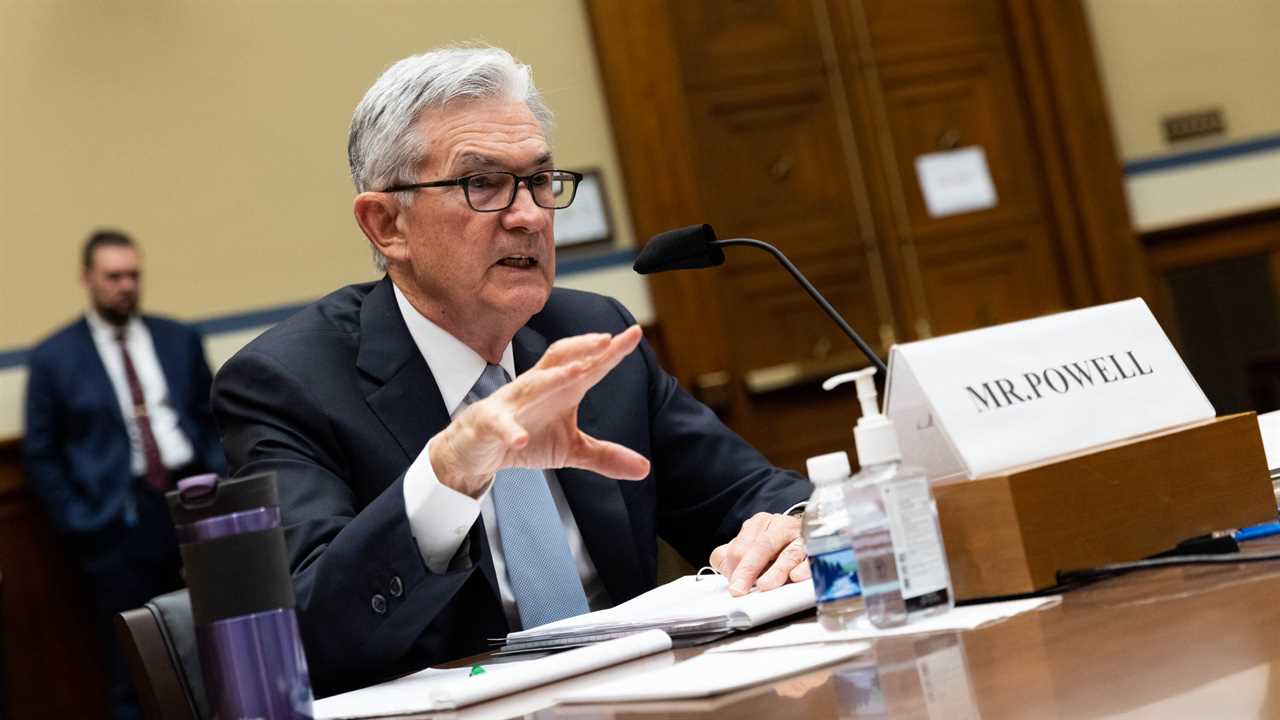
Jerome H. Powell, the Federal Reserve chair, told House lawmakers that inflation has increased “notably” and is poised to remain higher in coming months before moderating — but he gave no indication that the recent jump in prices is pushing central bankers to rush to change policy.
The Fed chair attributed high inflation numbers to factors tied to the economy’s reopening from the pandemic, and indicated in response to questioning that Fed officials expect inflation to begin calming in six months or so.
Mr. Powell’s testimony before the House Financial Services Committee on Wednesday, comes at a fraught moment politically and economically when it comes to inflation. The Consumer Price Index spiked by 5.4 percent in June, the biggest jump since 2008 and a larger move than economists had expected. Price pressures appear to be poised to last longer than policymakers at the White House or Fed had expected.
“Inflation has increased notably and will likely remain elevated in coming months before moderating,” Mr. Powell said in his opening remarks.
He later acknowledged that “the incoming inflation data have been higher than expected and hoped for,” but he said the gains are coming from a “small group” of goods and services directly tied to reopening.
Mr. Powell attributed the current pop in prices to a series of factors: temporary data quirks, rising prices on goods and services facing supply constraints that ought to “partially reverse” and climbing costs for services that were hard-hit by the pandemic and are now experiencing a demand surge. He noted that longer-run inflation expectations remain under control — which matters because inflation outlooks help to shape the future path for prices.
Expectations “have moved up from their pandemic lows and are in a range that is broadly consistent with the F.O.M.C.’s longer-run inflation goal,” Mr. Powell said, referring to the policy-setting Federal Open Market Committee.
“We are monitoring the situation very carefully, and we are committed to price stability,” Mr. Powell said. He added that “if we were to see that inflation were remaining high and remaining materially higher above our target for a period of time — and that it was threatening to uproot inflation expectations and create a risk of a longer period of inflation — then we would absolutely change our policy as appropriate.”
For now, the Fed chair made no indication that the path for policy is poised to change based on the hotter-than-expected price data. He said that labor market conditions are improving but that “there is still a long way to go” and that the Fed’s goal of achieving “substantial further progress” toward its economic goals before taking the first steps toward a more normal policy setting “is still a ways off.”
Fed officials are debating when and how to slow their $120 billion of monthly government-backed bond purchases, which would be the first step in moving policy away from an emergency mode. Mr. Powell said those discussions will continue “in coming meetings.”
The central bank is also maintaining its policy interest rate at near-zero, which helps to keep borrowing cheap for consumers and businesses. Officials have set out a higher standard for lifting rates: They want the economy to return to full employment and inflation to come in on track to average 2 percent over time.
Their guidance says they want to see inflation “moderately” above 2 percent for a time, and Mr. Powell was asked on Wednesday what that standard means at a time when price pressures are so strong.
“Inflation is not moderately above 2 percent, it’s well above 2 percent,” Mr. Powell said of the current data. “The question will be, where does this leave us in six months or so — when inflation, as we expect, does move down — how will the guidance work? And it will depend on the path of the economy.”
Raising rates is not yet up for discussion, officials have said publicly and privately.
Did you miss our previous article...
https://trendinginthenews.com/usa-politics/democrats-roll-out-35-trillion-budget-to-fulfill-expansive-agenda






